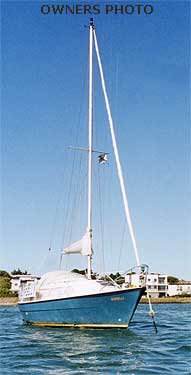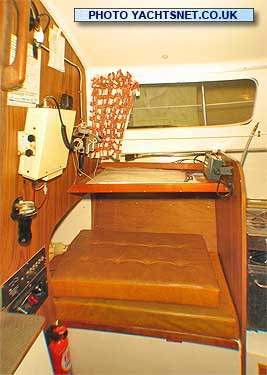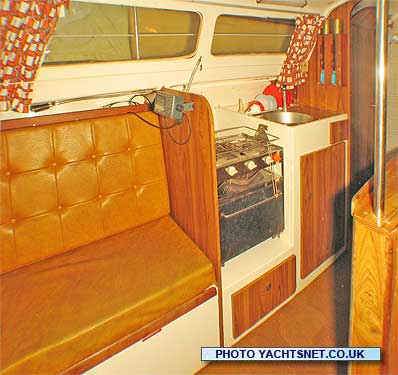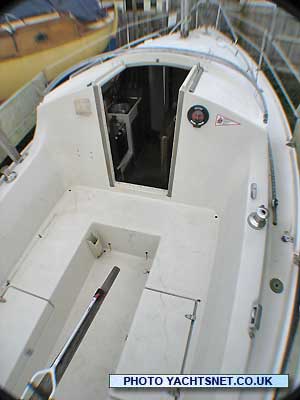|
|
Plans from Maxim Marine's original sales brochure |
|
 |
In the 1970s Maxim Marine built two
similar-styled small cruisers, the Sailfish 18 and 25. This is the
25, designed by Angus Primrose.
The accommodation consists of a vee-berth forecabin,
a good sized heads compartment with marine WC and washbasin, and
the saloon, with galley and a quarter berth to port, and seating
and the saloon table to starboard. The saloon table fits in two
different positions as a table, and can also be lowered to turn
the seating into a small double berth. The interior has a moulded
headliing, with saloon headroom of 6' 0" |
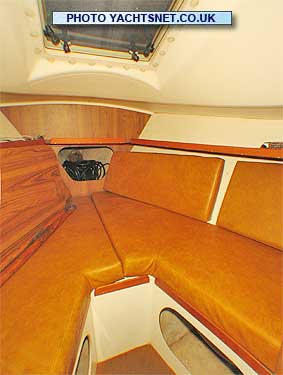 |
 |
|
|
Yachts seen here are no longer for sale - the data is online as a free information service for buyers researching boat types. THE PHOTOGRAPHS ARE COVERED BY COPYRIGHT, AND MAY NOT BE REPRODUCED WITHOUT THE PERMISSION OF YACHTSNET LTD.
Go to our brokerage
section for boats currently for sale |
|
|
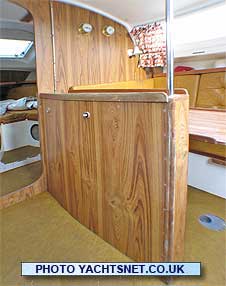 |
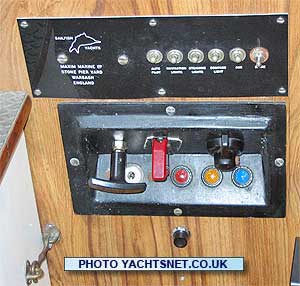 |
The keel raises into the housing in the centre
of the saloon, and is lowered by operating a hydraulic valve in
the cockpit. It is raised either by a manual pump, or electrically
by pushing the small button at the bottom of the switch panel in
the saloon. Once raised it is locked in place with two S/S bars
through the side of the keel box |
 |
The Hydromarine diesel which was an original installation
is a marinised 2-cylinder Kubota engine. This example has an anchor
windlass installed, which would not be standard |
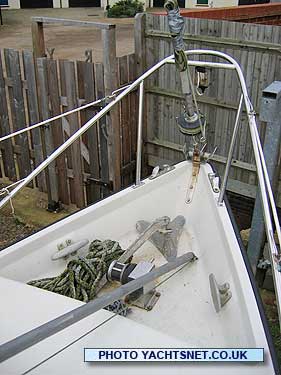 |
|
Overall, she offers a spacious, moderately
fast small cruiser, with the major advantage of being able to use
cheaper drying moorings. A trademark of the Sailfish range was the
dark topaz blue hull mouldings, which unfortunately tend to fade
with age |
|
